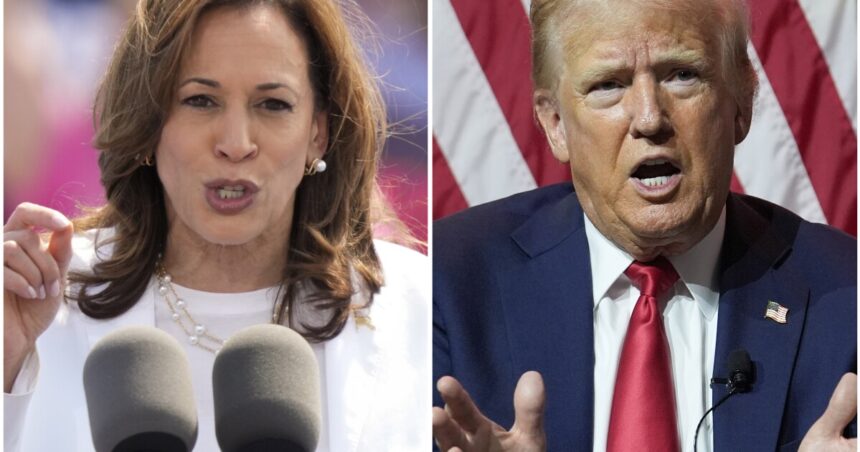Amid the abundance of opinions on political polling, voters are bound to encounter numerous discussions about polls leading up to election day. However, experts suggest that individuals should analyze these surveys with the same scrutiny as a professional pollster or researcher.
First and foremost, it is crucial to grasp the typical process of conducting a poll. Various entities such as media companies, nonprofit organizations, academic institutions, and political campaigns often commission professional firms to carry out polls on their behalf.
RELATED STORY | First national poll since Biden dropped bid shows tight race between Harris and Trump
While polls have traditionally been conducted over the phone, there is a growing trend towards utilizing the internet to reach respondents. Professor Andy Crosby, who researches poll methodologies at the University of California Riverside, emphasizes the importance of understanding more than just the headline of a poll.
“Consider this poll showing Vice President Harris leading former President Trump on the economy,” Crosby stated. “Pay attention to the margin of error. Despite the headline, the plus-or-minus 3.1% margin of error indicates that Trump could actually be in the lead. Every poll carries a margin of error because it’s impractical to survey every American.”
Another significant figure to scrutinize is the sample size, representing the number of respondents surveyed. While this information may not always be prominently displayed, it can typically be found in the full report of the poll online. Crosby suggests that a sample size of 1,000 or more is reliable, whereas anything lower should be approached with caution.
RELATED STORY | Americans agree democracy is under threat, but disagree on why
Furthermore, it is essential to scrutinize the affiliations of the companies involved in conducting the poll. In the case of the Harris-Trump poll mentioned earlier, the report highlights logos of two polling firms – one leans left, while the other leans right.
“If a poll is exclusively funded by a Democratic or Republican pollster, it’s worth approaching with caution,” Crosby explained. “While the poll might be accurate, its funding source should be taken into consideration.”
To enhance understanding of polling, individuals can delve into who participated in the survey and how these participants were contacted. Opting for random sampling is ideal, although this information might require some online research to unearth.
Regarding the most recent poll conducted by The New York Times and Siena College, the report discloses that nearly 2,000 individuals were randomly sampled, primarily via cellphone.





